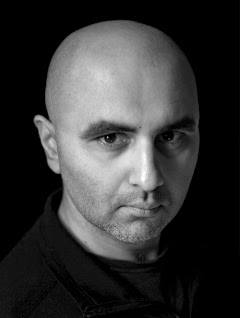Beat
Sports, news, entertainment, daily life.
One Shot

“My favourite image changes from day to day. It is that candid moment that reaches a mass audience and makes people think about our world. If I had to choose one image as my favourite, it would be this one. Although brutal, it was widely published and I hope it brings positive change to Myanmar and its people.”
Profile
My earliest memories of photography are my father's (broken) Yashica rangefinder camera and the images on the front pages of the Houston Post and Houston Chronicle, respectively.
I took photojournalism and photography as electives at my high school in Houston, Texas. My teachers had a strong influence on me.
My first assignment was in a photojournalism class at age 15; I was told I could step outside of class to take pictures. I soon learnt I knew nothing about photography, but the camera gave me freedom to explore places and subjects I normally would not.
The Indian Ocean tsunami left a big mark on me because all my senses were overwhelmed by my surroundings. My sense of vision, smell and hearing were maxed out. I remember not only having to deal with the subject in front of me, but also learning to deal with myself at the same time.
I enjoy covering breaking news that attracts a lot of human interest. I feel a sense of responsibility to tell the world through my own experience what happened. Reporting these events also allows me to inform and influence people.
I go from culture to culture and when you do that, you learn lessons all the time. You perceive a lesson from your perspective and all of a sudden you're humbled by another point of view.
The biggest mistake journalists can make is walking into an assignment with a preconceived idea of what the assignment is about and not covering the developing story around them.
I respect my parents the most, for their incredible determination in making their dreams a reality.
The art and science of photography is such that a moment captured in less than a second can last for a lifetime.
Behind the Scenes


